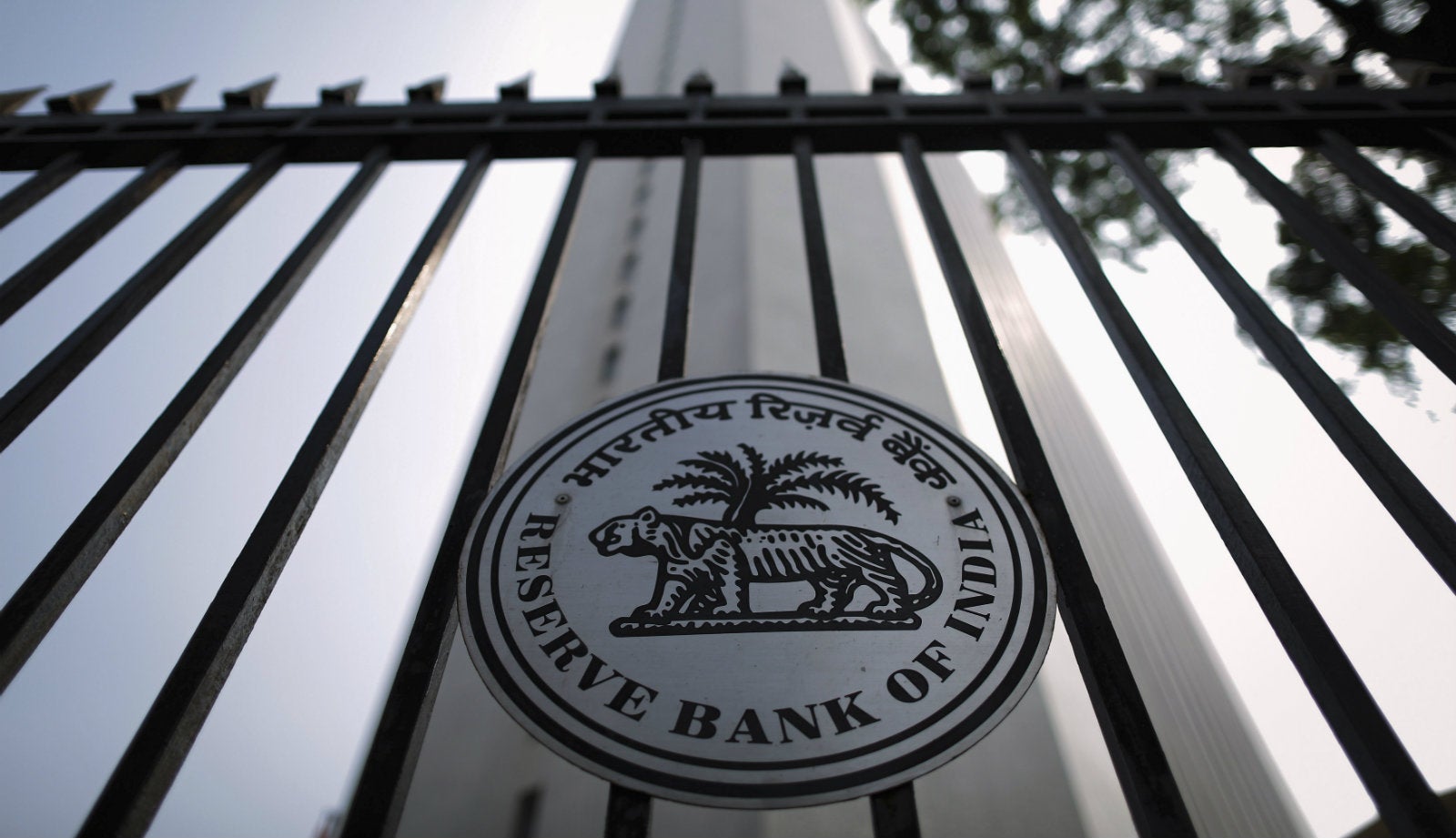India’s bullet-proof central bank is about to get another layer of armour
After decades of letting one man call the shots, India is finally on its way to revamping the way it sets key interest rates.


After decades of letting one man call the shots, India is finally on its way to revamping the way it sets key interest rates.
On May 05, the Lok Sabha passed the Finance Bill 2016, which allows the setting up of a monetary policy panel. The bill now has to be approved by India’s upper house, the Rajya Sabha.
Until now, the decision to cut, hike or maintain key rates was solely in the hands of the central bank governor. Although there is a technical advisory committee in place at the Reserve Bank of India (RBI), its role—as the name suggests—is strictly to advise the governor. This committee will now be replaced by a monetary policy panel, which will set interest rates through a majority vote.
The panel will comprise of three representatives nominated by the central government and three from the RBI. The RBI governor will be the seventh member and will have the power of a deciding vote. This reform is expected to reduce arbitrariness, improve the relationship between the RBI and the central government and insulate the central bank from intense political pressures.
RBI versus government
The formation of this panel had seen much drama, some criticism, and a bit of friction between the government and the central bank.
The original proposal floated by the finance ministry in 2015 had suggested that the government nominate four members, while the RBI nominate three. It had also recommended taking away the RBI governor’s veto power. To this, experts had then cautioned that the autonomy of the RBI was at risk.
But now, with a revised version in place, these concerns have been laid to rest. In March this year, when the panel’s formation methodology was revised, RBI governor Raghuram Rajan had said that he was “very happy” with the new composition of the committee.
India is now at par with other global central banks where panels have always voted for matters related to monetary policy—something that Rajan has always desired.
No political pressure
Relations between the central bank and the government have often been uneasy. During Rajan’s tenure, for instance, finance minister Arun Jaitley has occasionally spoken publicly for the need to cut key interest rates, even as the governor has argued in the favour of finding a balance between growth and low inflation. With a monetary panel in place, such friction will likely reduce.
“You now have a wider variety of opinion which will take away individual biases. It is a more democratic setup and a transparent process,” said Saugata Bhattacharya, chief economist at Axis Bank. “The panel is in line with the best practices around the world and gives accountability to the RBI.”
“Moving to a committee structure brings multiple benefits: it reduces arbitrariness, improves the quality of deliberation, and also constrains the degree to which political pressure can be applied,” Milan Vaishnav, senior associate, South Asia Program, at the Carnegie Endowment for International Peace, said in an email. He added that this new approach will only “deepen the credibility of India’s monetary policy.”
Charan Singh, the RBI chair professor of economics at the Indian Institute of Management-Bangalore explained that this approach helps in decentralised decision making and “will hold up against political pressure, especially close to elections.”
“This is important in a country like India, where almost every year, some important elections are being conducted, and monetary policy could get overshadowed with political economic considerations,” he said.
But the selection of the committee members, Singh added, is crucial, so that different points of view are brought to the table.